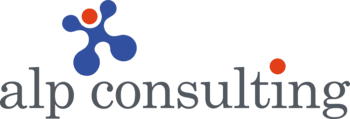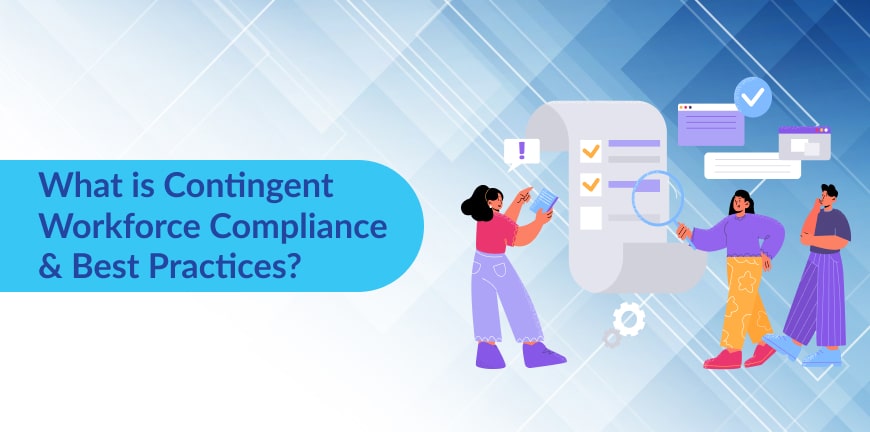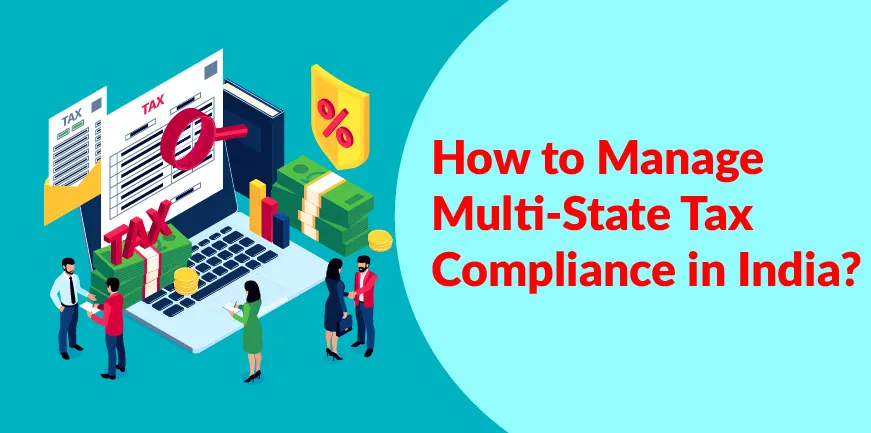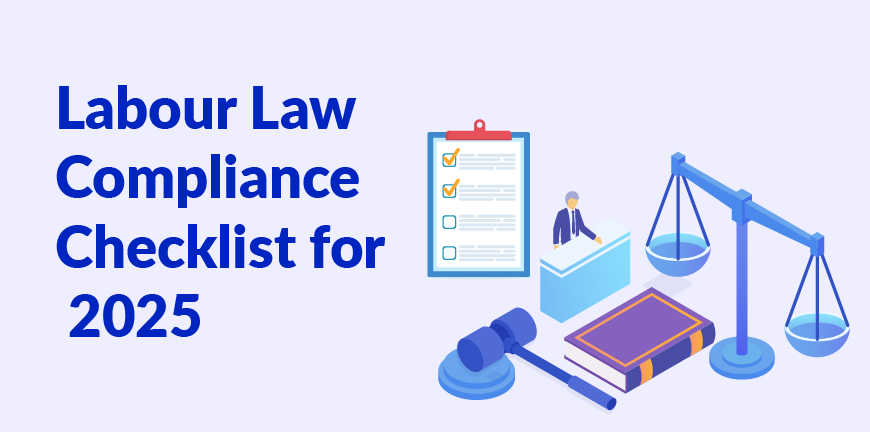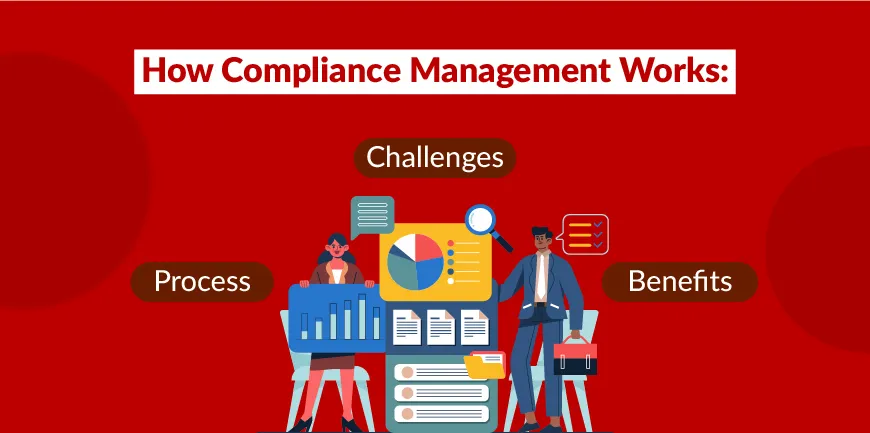
Safe Jobs, Stronger Teams: A Culture of Safety Starts with Recruitment
02/05/2025
What is Contract labour? Advantages, Best Practices, Trends
02/05/2025- Introduction
- What is a Contingent Workforce?
- What is Contingent Workforce Compliance?
- What are the Key Areas of Contingent Workforce Compliance?
- What are the 7 Best Practices for maintaining Contingent Workforce Compliance?
- Future Trends in Contingent Workforce Compliance
- Frequently Asked Questions (FAQs)
Introduction
Recruiting non-permanent workers like freelancers, contractors, and consultants offers businesses flexibility and speed. However, it brings with itself a non-negotiable responsibility which is compliance. Contingent workforce compliance is not just ticking legal boxes. It is ensuring your business follows labour laws, tax rules, and contractual obligations to the T. One misstep and you could end up paying hefty fines, experiencing legal trouble, and a tarnished reputation.
What is a Contingent Workforce?
A contingent workforce is typically a group of non-permanent employees entailing freelancers, independent contractors, and consultants, recruited to manage specific projects as required by a company and they are often brought in to fill in short-term staffing requirements.
What is Contingent Workforce Compliance?
Contingent workforce compliance meaning is simple. It refers to the legal and regulatory obligations companies must adhere to when recruiting temporary workers including independent contractors, freelancers, and temporary staff. Compliance ensures that the contingent staff members are treated fairly and that their rights including freedom from discrimination and harassment are protected.
What are the Key Areas of Contingent Workforce Compliance?
Contingent workforce compliance encompasses many areas. The key areas are as follows:
1. Worker Classification
An organization must be clear in classifying workers as employees or independent contractors to avoid misclassification. This can lead to grave legal and financial consequences. Worker classification can be influenced by behavioural control, financial control and the nature of the relationship.
2. Labour Laws
Businesses in today’s era operate across numerous states or countries. It becomes critical for them to comply with or understand labour laws as it is not optional anymore. Every region has its unique legal framework and companies need to adhere to regulations and overtime rules, employee benefits and working condition standards.
3. Tax Regulations
Complying with tax regulations is one of the most complex and critical responsibilities a company must deal with when managing a workforce especially a contingent or international one. Employers must work through a network of financial obligations which includes proper calculation and withholding income tax, handling payroll taxes like social security and unemployment contributions and ensuring that VAT or GST are properly applied and collected in applicable areas.
4. Immigration Laws
While hiring foreign nationals, companies must comply with immigration laws. They must ensure that employees possess the proper legal documents to work in a country. It is also about protecting your organization from critical legal, financial, and reputational risks. Every international worker must have the appropriate visa, work permit, or residency documentation before they can begin employment legally.
5. Data Privacy
In today’s digital age and fast-paced work environment, employers have the responsibility of managing huge volumes of sensitive employee information that entails details of personal identification, health records and payroll data. Protecting this information is a legal obligation and not just a best practice.
What are the 7 Best Practices for maintaining Contingent Workforce Compliance?
To ensure seamless contingent workforce regulations, businesses should maintain best practices. Here are a few practices:
1. Define Clear Goals
It is especially important that organizations clearly put across the objectives and expectations for contingent workers and ensure alignment with the overall business strategy. They must craft a comprehensive onboarding process that entails role descriptions, performance metrics, and communication protocols.
2. Effective Communication Channels
There must be candid and transparent communication channels facilitated by firms between contingent workers, managers, and staffing agencies. They must optimize communication methods like email, project management tools and regular team meetings, to keep everyone updated.
3. Streamline Onboarding Processes
The onboarding experience for contingent workers must be smooth and efficient driving them to kickstart their journey positively and productively. Businesses must develop a systematized onboarding checklist and offer the required training and resources. They must ensure that contingent workers are introduced to the company culture and team.
4. Track, Recognize Performance
Continuous monitoring and evaluation of the performance of contingent workers is required to ensure they meet expectations and contribute effectively. Businesses must formulate and set up performance metrics and provide regular feedback. They must also acknowledge individuals and reward them for outstanding contributions.
5. Legal Requirements Compliance
Adherence to all relevant labour laws, regulations, and industry standards is significant and organizations should stay updated on changes in labour laws, they must conduct regular compliance audits and implement appropriate risk management measures.
6. Technology, Innovation
In today’s world, it is essential that processes are streamlined by utilizing innovative technologies to automate processes, manage contracts, and smooth operations. Businesses must consider using a Vendor Management System (VMS) to centralize data, manage contracts, and track performance effectively.
7. Evaluation and Optimization
A process of regular review and evaluation enhances contingent workforce management practices. This ensures ongoing effectiveness and compliance. Companies must continuously work towards gathering feedback from stakeholders, analysing performance data, and identifying areas for improvement and optimization.
Future Trends in Contingent Workforce Compliance
The importance of contingent workforce compliance will increase, and companies will have to integrate the latest trends that align with their company goals. Let us have a look at some of the latest trends:
1. Rise of the Gig Economy
The gig economy does not remain a niche market anymore. With various gig economy platforms on the rise, organizations are leveraging platforms to quickly access skilled talent for short-term projects. To get full access, businesses must diversify talent sources by integrating multiple platforms to encompass different skill sets and regions.
They must work towards building relationships with high-performing freelancers to create a wide and reliable talent pool.
2. Increased Focus on Compliance
It is becoming complex to manage compliance in contingent workforce management and with the new financial year-round on the corner, there could be stricter rules and regulations that a company needs to adhere to. Businesses must stay updated on legal changes in the regions where they operate to avoid penalties and disruptions.
They must invest in compliance tools and technology to automate tracking and ensure compliance with regulations. They must also design a management strategy entailing contingency plans for shifts in employment law.
3. Technology and Automation Integration
The integration of automation and AI is streamlining contingent workforce management is streamlined by in a massive way making tasks like onboarding, payroll management, and compliance tracking smooth. Companies must start adopting AI powered tools for automating repetitive HR tasks like screening, onboarding, and payroll.
Data analytics must be leveraged to gain insights into workforce performance and ensure the optimization of talent management. Integration of AI-driven decision-making into workforce planning and project allocation is also necessary.
4. Shift Towards Total Talent Management
The adoption of Total Talent Management (TTM) enables in integration of both permanent and contingent workers under one strategy. This approach allows organizations to make better decisions when it comes to talent deployment and utilization driving efficient workforce planning and execution.
Organizations need to create a unified talent strategy that treats contingent and full-time workers as part of one whole talent ecosystem. The strategy must be implemented across functional teams fostering a seamless collaboration amongst contingent and permanent workers.
5. Diversity, Equity, and Inclusion (DEI)
Diversity, Equity, and Inclusion (DEI) are components that businesses are utilizing for competitive advantage, and they are not mere buzzwords anymore. There is an increased need to incorporate DEI principles into your contingent workforce hiring practices to advocate inclusivity.
The requirement of tracking and measuring diversity metrics for contingent workers is also necessary to ensure fair representation. Organizations must focus on creating an inclusive culture valuing the contributions of all workers, regardless of their employment status.
6. Demand for Specialized Skills
The demand for freelance workers is growing significantly suggesting the increasing popularity of freelancing as a career choice, especially for specialized skills including data science, AI, cybersecurity, and digital marketing. Businesses must tap into specialized talent pools by optimizing platforms and networks that deal with niche skills.
A flexible work environment must be created to attract top talent seeking project-based or freelance opportunities. Organizations must also try offering competitive compensation packages to draw skilled talent.
Frequently Asked Questions (FAQs)
1. What is the difference between contingent workers and employees?
Contingent workers are typically hired for specific tasks or projects temporarily, while employees are recruited for ongoing, permanent positions. While contingent workers are often employed through contracts or staffing agencies, employees are directly hired by the organization.
2. How often should we audit contingent workforce compliance?
Contingent workforce compliance at least annually, and organizations may choose to conduct spot audits more frequently, such as quarterly. A company must perform a comprehensive audit, including all aspects of their program annually to ensure the company is up to date with industry standards and legal requirements.
3. What are the risks of non-compliance?
Individuals and organizations can face severe consequences if they do not comply with laws, regulations, or ethical standards. The adverse effects include financial penalties, reputational damage, and legal action. These risks can also lead to operational disruptions, loss of market access, and even criminal charges.
4. What is co-employment and how can it be avoided?
Co-employment is a contractual agreement where two or more entities are responsible for being an employer for the same group of employees. To avoid the risks of co-employment, there should be clear contractual agreements, roles and responsibilities should be well defined ensuring compliance with employment laws.
5. What is the impact of the new labour laws on contingent workforce management?
New labour laws can impact contingent workforce management significantly by accelerating the risk of damages like worker misclassification and non-compliance leading to fines, penalties, and legal issues. It is necessary for companies must ensure their contingent workforce management practices are compliant with the latest laws and regulations.
Contact Us For Business Enquiry

Hariharan Iyer
Hariharan Iyer is the Vice President – Operations at ALP Consulting, bringing over 40+ years of experience in HR outsourcing and labour law compliance. He leads end-to-end HRO operations, ensuring process efficiency, statutory compliance, and seamless service delivery for clients across industries. With a strong background in labour law governance and workforce management, Hariharan plays a key role in driving operational excellence and compliance-led HR solutions at ALP Consulting.
